It’s finally happened. I really wish I could say I’m surprised by this, but I would be lying. Dress code enforcement now means female fashion censorship. I wish I was making this up. And I wish I hadn’t already called it.
This comes from Fashion Beans writer Brooke Geller: “Planes, Trains, And School Dances: Censorship In Women’s Fashion“. The article was also only recently published. From what I could find embedded in the HTML for the article (Ctrl+U in the browser), it was published on November 16, and updated a few days later.
So let’s get into this.
Spaghetti straps, loose-fitting blouses, and even exposed collarbones have all prompted disciplinary action from disapproving teachers, some of whom have sent these students home early. Why? Because their clothing was apparently inappropriate.
Not “apparently inappropriate”, but in violation of the school dress code. In all incidents I’ve evaluated on this blog, I’ve not found ONE that is not a dress code violation.
With schools standing firm on their policies while outraged reactions intensify, these incidents—which seem to be becoming more and more common—have sparked an important debate on what’s more inappropriate: the length of a teenage girl’s skirt or the way she’s viewed?
Both are actually important. After all, I’m sure you wouldn’t want to see young women attending school in miniskirts or Daisy Dukes…
What exactly is the official reason for these restrictions? According to more than one justification that’s been given, it’s to protect other students from being “distracted” by their female classmates’ bodies.
I’ve said before that school administrators need to STOP giving this as a reason for enforcing the dress code.
Instead of manufacturing an excuse, or saying the young women in question will be “distractions”, the administrators need to merely state they are enforcing the dress code as written. A lot of dress codes are written objectively, and can be objectively enforced. The administrators don’t need to say anything beyond that. And should have copies of the dress code at the ready when pressed.
The problem, however, is the “distraction” excuse has become the thing to which female students and feminists have latched. And it has led to the narrative that dress codes are inherently sexist and are even being used to sexualize prepubescent girls.
“Distraction” was the reason cited when 18-year-old Macy Edgerly was sent home for wearing leggings and a long shirt. Rose Lynn was also told her outfit—leggings, a cardigan, and a top that entirely covered her midriff and cleavage—”may distract young boys.”
Okay let’s look into these. Macy Edgerly went to school in cropped leggings and a long shirt. At the time, she was a student in the Orangefield Independent School District. While distraction was cited in the immediate for Macy being coded, her sister admitted on Facebook that the outfit Macy chose violated the dress code.
The dress code allegedly allowed leggings, but only if what was worn over them adhered to the “fingertip rule” — it must extend beyond the tips of the fingers when the arms are extended loosely at the sides. Macy’s sister, Erica, admitted the shirt didn’t fit that definition.
Rose Lynn’s story comes from Oklahoma. What Brooke is omitting from her statement is Rose’s top was a tank top. Which is about universally disallowed under school dress codes.
There’s Deanna Wolf, whose daughter wasn’t allowed in class because she was wearing an oversized sweater over leggings. Or Stacie Dunn, who had to leave work to collect her daughter Stephanie because her outfit exposed her collarbones.
Stephanie Dunn’s story I’ve already tackled. Like Rose’s story, the concern in question was the tank top. All students were required to wear a crew-neck shirt. No exceptions.
Deanna’s incident was similar to Macy’s in that she chose to wear leggings with an oversized shirt. Something her school’s dress code did not allow, contrary to the assertion of the linked article. From page 29 of the student handbook, emphasis mine:
Students may wear yoga pants, tights, leggings, or jeggings as long as they are used as an undergarment covered by shorts, skirts, or dresses that are at least no higher than three inches above the bend of the back of the knee.
In other words, leggings are not to be pants on their own, which is what Deanna chose to do. Again, she was objectively in violation of her school’s dress code.
Or Melissa Barber, whose daughter Kelsey was told—by her teacher—that her top was not well suited for the size of her breasts.
The problem with Kelsey’s shirt is the exposed middle in the top. If it was a completely solid top, she likely would’ve been fine. Even though she has a large bust.
And I say this as a husband to a woman with large breasts. Who has herself gone through dress code issues as well — and who defended herself by pulling out her copy of the dress code every time an issue has come up.
For these mothers, their opinions are much the same: It’s not okay to keep a student from learning because of their outfit. And it’s certainly not all right to imply that an underage girl looks too attractive for her male classmates to be able to concentrate on their own work.
Given that it is both a parent’s and student’s responsibility to know and comply with the dress code, the mother’s opinion is irrelevant. If a student is determined to be in violation of the dress code, they will be kept from the classroom. Just as they would also be sent home from work for not complying with a workplace’s dress code.
And again, the distraction excuse should not be made by school administrators. Instead where dress code violations occur, they need only cite the dress code.
Aside from conservative parents outraged at the idea of a young boy wearing a dress, there’s been little fuss over the length of their shorts or the tightness of their shirts.
High school dress code restrictions may be designed to be non-discriminatory, but it’s disproportionately affecting girls far more than boys. And while that isn’t necessarily illegal, it’s still unfair.
No it isn’t in the least unfair. After all we don’t say that criminal laws are racist if they are disproportionately enforced against one demographic. Okay, rational people don’t say that. We aren’t repealing murder laws because blacks are more likely to be murder perpetrators. Yet I don’t think anyone is saying that murder laws are racist. Or at least I hope not.
If the policy is demonstrably neutral, then as long as the disproportionate enforcement isn’t due to targeting one particular demographic, the policy doesn’t need to change, regardless of how unfair it might seem.
Yet that is exactly what is being proposed. Quoting Tricia Berry, an engineer and collaborative lead of the Texas Girls Collective, an organization that seeks to motivate girls and young women to pursue STEM fields:
However there are cases where policies end up having a disparate impact. It’s important that schools look at the data and recognize when one group is disproportionally affected by a seemingly neutral policy. In the case of dress code restrictions, if the policies are penalizing female students or transgender students or any other group at rates higher than others, it should be investigated and the policy creators should be willing to adjust accordingly.
Again, as long the policy itself is demonstrably neutral, then what matters is whether the enforcement is demographically neutral, even if one demographic is being penalized more under the policy. The only thing the disproportionate penalization shows is one group’s greater likelihood to disobey the policy.
Again, we don’t repeal or massage laws due to one demographic being more likely to violate them. You can use individual situations as a push to reevaluate the codes to either be more specific or to allow something not previously allowed.
But don’t use the disproportionate likelihood that young women will be penalized as a reason to reevaluate dress codes. Especially when MOST young women comply with the dress codes without issue or complaint.
This is probably the last thing a teenage girl wants to hear, but the clothing censorship doesn’t stop when high school’s over.
Any adult person—regardless of gender—will encounter dress codes at some point in their life. Upscale restaurants, weddings, and luxury trains all require some degree of respectable attire. Even nightclubs often have strict dress requirements.
And here is where things really start to take a turn. Aside from citing incidents of dress code enforcement on commercial flights, the rest of her article latches onto the fallacious “distraction” excuse and really flies with it. Perpetuating the myth that dress codes are inherently sexist, only because they are being disproportionately enforced against young women.
And going even further by calling dress codes “fashion censorship”.
* * * * *
Let’s see if I can inject some rationality back into this discussion, since all rationality appears to have been flown up to 40,000 feet and dropped out the back of a cargo plane.
First and foremost is the obvious: people largely don’t like being told they cannot do something. Especially if the action in question is one for which there is no demonstrable or perceivable harm on anyone else. And how a person dresses readily falls into that.
Brooke’s biggest flaw with the article is not making any mention of workplaces and employers. None. Search her article for “employ”, and you’ll see it come up once, when mentioning “employee passes” with regard to United Airlines. And “work” shows up three times, and none in relation to a workplace. Search for “job” and you won’t find it.
And I really have to wonder why.
Actually I know why she never mentioned workplaces and employers. It completely invalidates her argument and the statements she quotes from Tricia Berry.
While casual workplaces are becoming more common, there are still dress codes that still apply, restrictions on what “casual” dress is allowed. A lot of workplaces require business casual or business professional dress. And in some workplaces, you have a uniform requirement.
When I worked for K-Mart back in 1998 into 1999, first as a cashier then as a shift supervisor, our dress code was pretty simple: white collared shirt (golf shirt or button-down) with the red vest over top and name tag prominently visible. Tan khakis. Jeans were not allowed. Shoes had to be one color (white, black, or brown) and had to look presentable (i.e. not torn up or falling apart). Collared shirts with the K-Mart logo were allowed as well.
Quoting an earlier article:
In the real world, what you think “looks fine” might get you sent home from work. Without pay if you’re hourly. And repeated noncompliance with a dress code is grounds for termination.
Dress codes are enforced at school to prepare students for them after school. Students are removed from school for dress code violations just as they will be removed from work for dress code violations. And school is about educating and preparing our youth for life on their own as an adult.
Imagine if all schools required business casual dress or a uniform. 1 in 5 schools do have uniform requirements. But perhaps we need to start having that nationwide, or requiring business casual dress at least. Again to ensure there is virtually no subjectivity from the equation.
And, again, school administrators and teachers need only cite the dress code when coding students for violations. Stop making the “distraction” excuse. Just cite the dress code, and have copies of it on hand so you can point out the violation specifically.
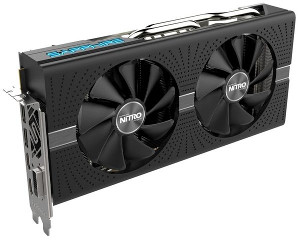
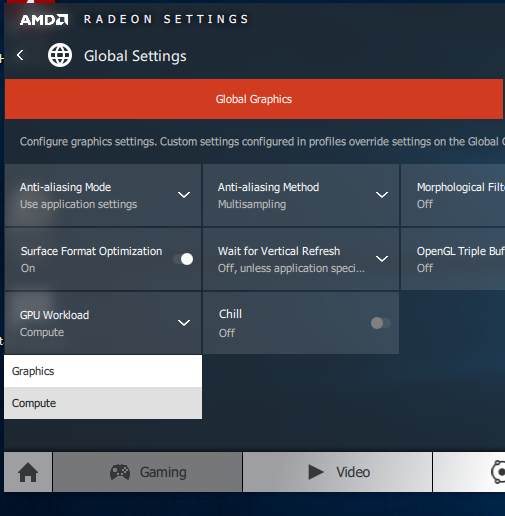
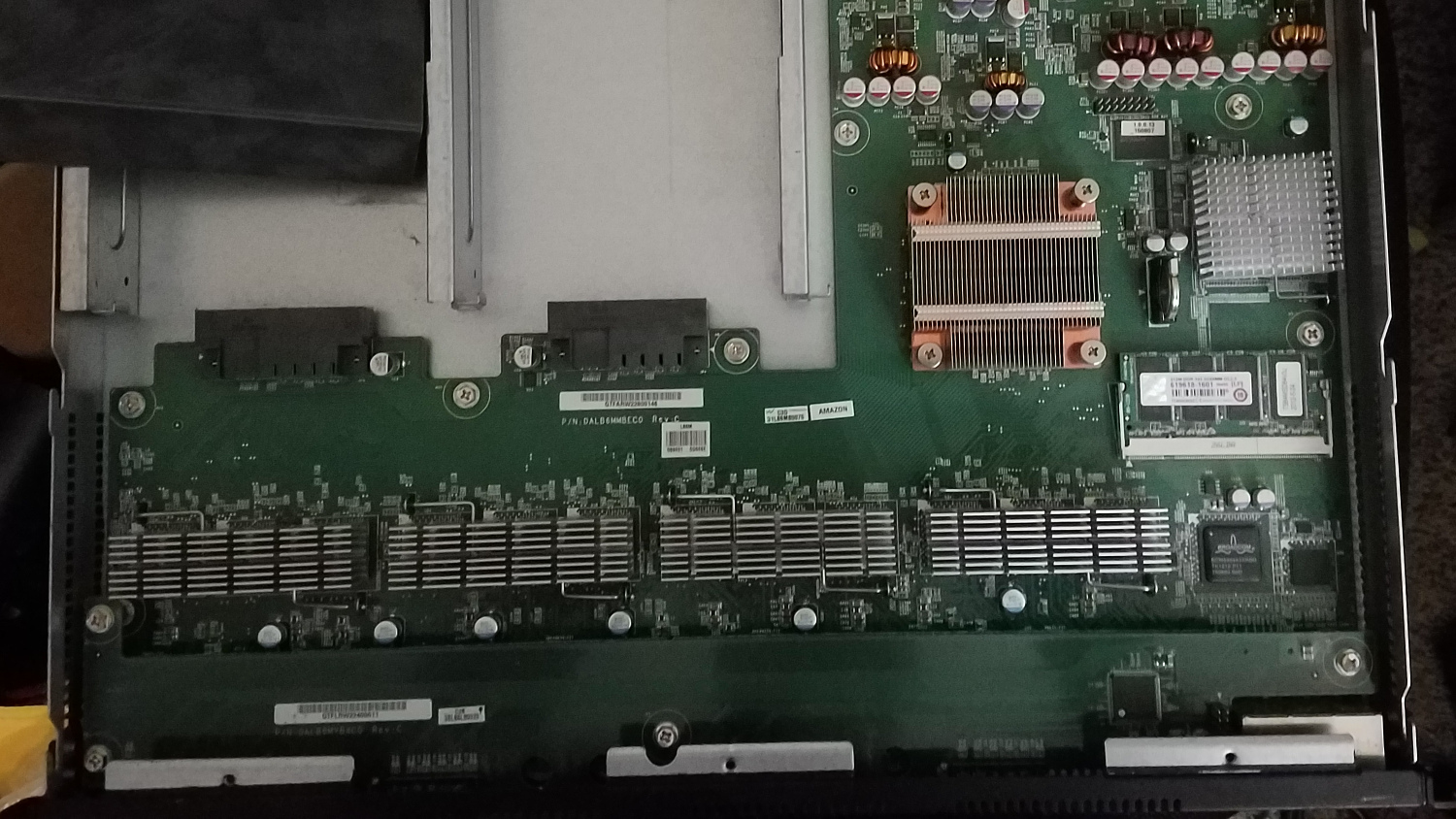
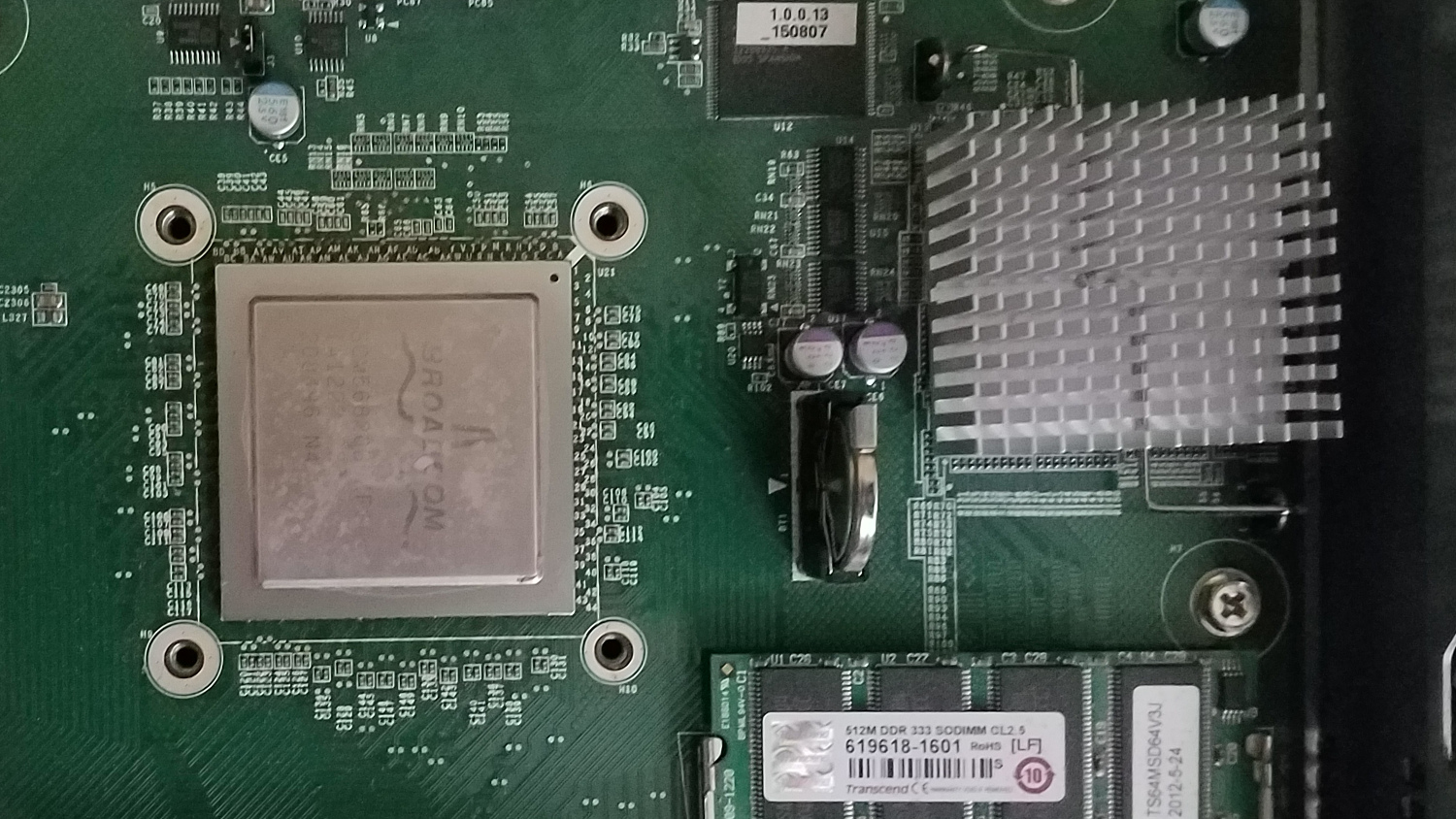
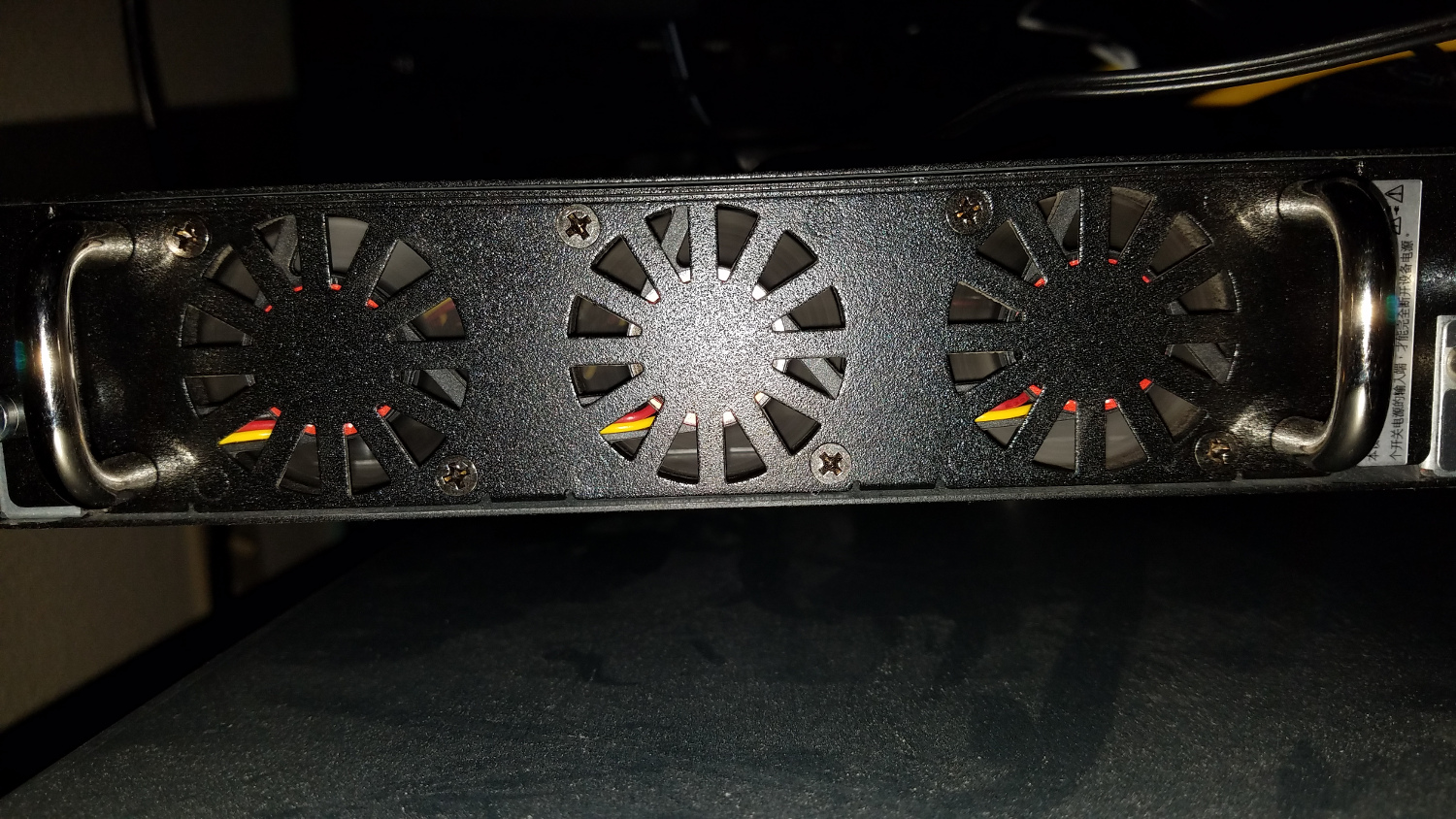

You must be logged in to post a comment.